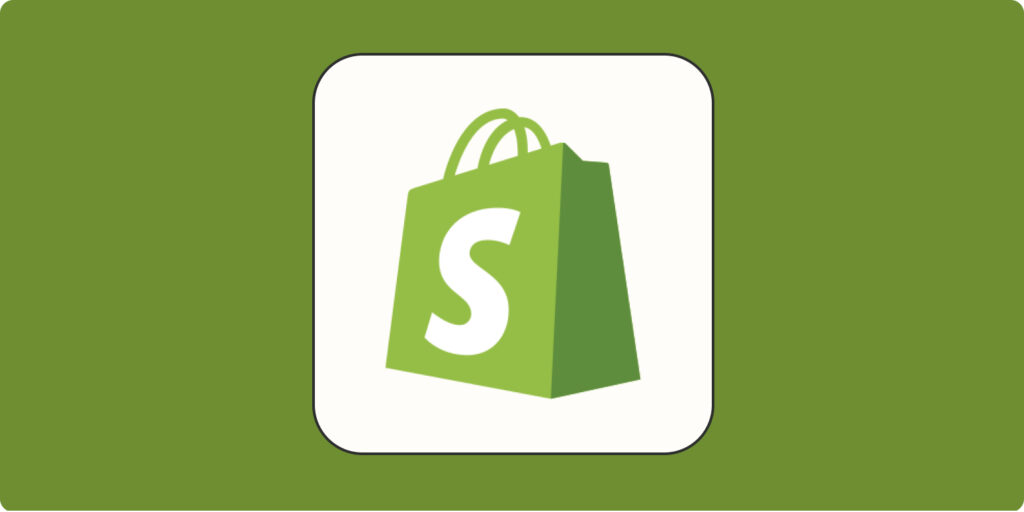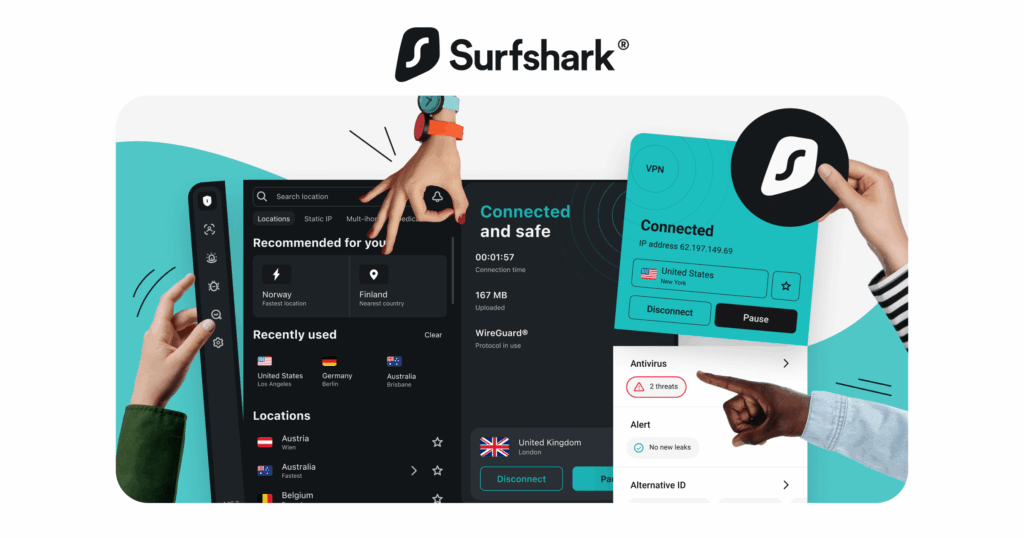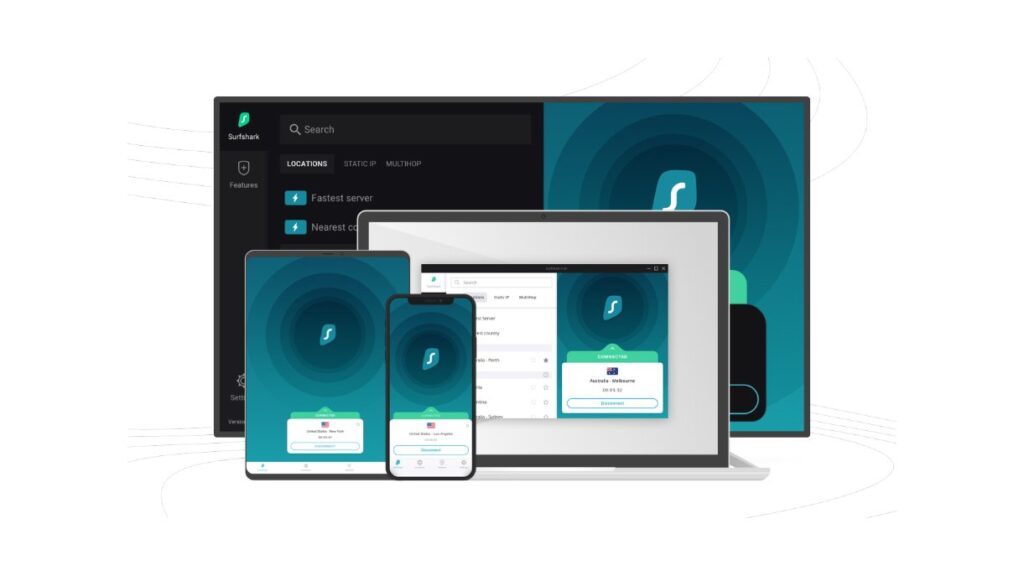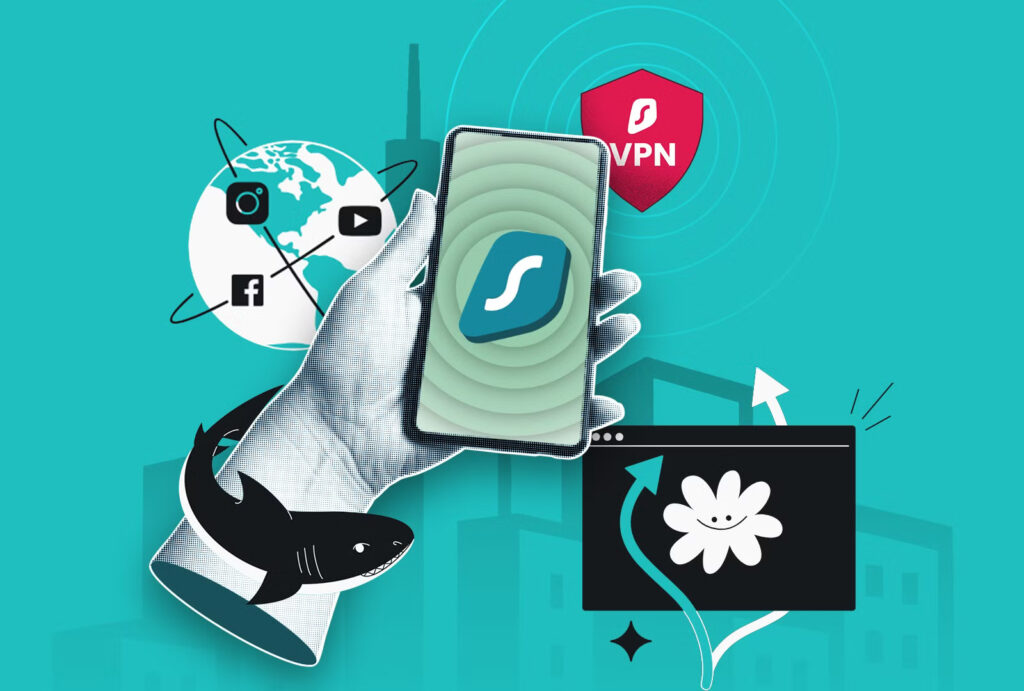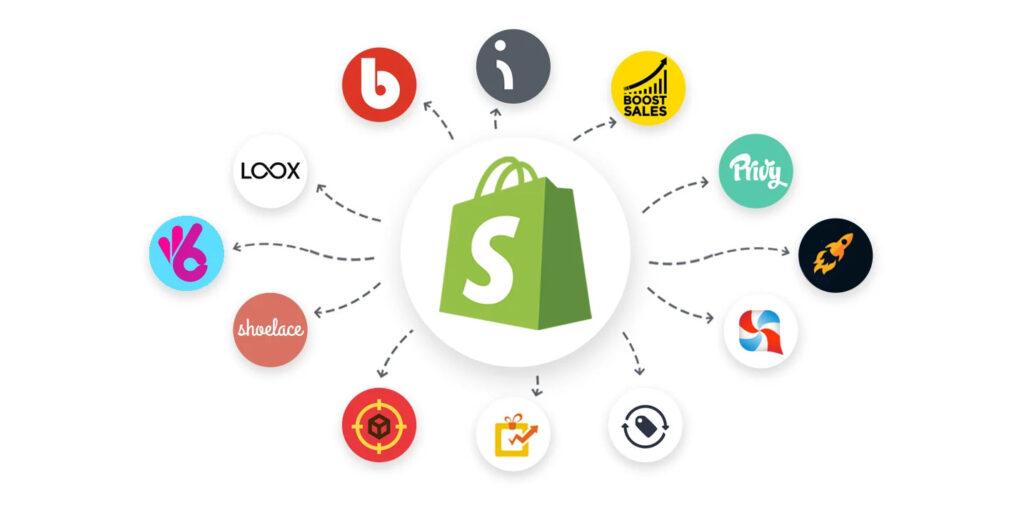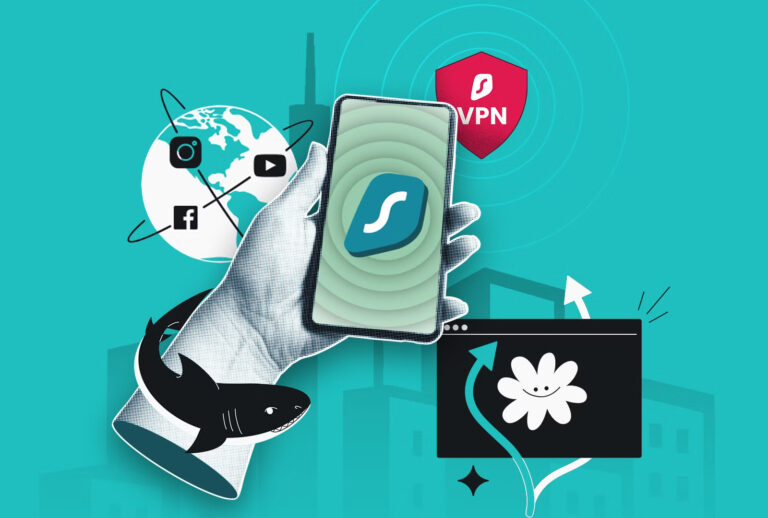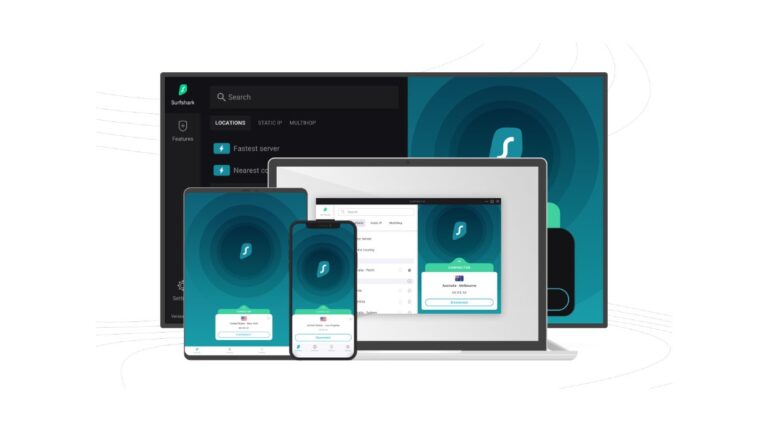Introduction to Shopify
Are you ready to turn your entrepreneurial dreams into reality? With Shopify, launching your online store has never been easier. Whether you’re selling handmade crafts or dropshipping the latest tech gadgets, this powerful platform can help you go from zero to hero in just one day. Imagine setting up a sleek storefront, adding products, and starting to make sales—all within 24 hours! In this guide, we’ll walk you through each step of the process so that by the end of today, you’ll be well on your way to becoming a Shopify expert. Let’s dive in and unlock the potential of your very own online business!
The Benefits of Using Shopify for Your Online Store
Shopify offers a seamless experience for entrepreneurs venturing into e-commerce. Its user-friendly interface allows anyone, regardless of tech skills, to set up an online store effortlessly.
Flexibility is another standout feature. Whether you sell handmade crafts or digital products, Shopify accommodates various business models with ease. Customization options let you tailor your store’s look and feel without extensive coding knowledge.
Security matters in e-commerce. With Shopify’s built-in SSL certification and PCI compliance, your customers can shop confidently, knowing their data is protected.
Additionally, scalable plans mean that as your business grows, Shopify evolves with it. You can start small during the trial phase and upgrade as demand increases.
Integrations are plentiful too. From payment gateways to marketing tools like email automation and social media ads—everything you need exists within the ecosystem to elevate your brand presence efficiently.
How to Set Up a Shopify Account and Choose a Plan
Setting up your Shopify account is the first step toward launching your online store. Start by visiting the Shopify website and click on “Start free trial.” This allows you to explore the platform without any commitment.
You’ll need to provide some basic information, like your email address, a password, and the name of your store. Make sure to choose a catchy name that reflects what you’re selling.
Once you’re in, you’ll be prompted to select a plan. Consider what features you need—like additional staff accounts or advanced reporting tools. The Basic plan is perfect for newcomers, while established businesses may benefit from higher-tier options.
Take advantage of any available discounts for 2025 when choosing your plan; keep an eye out for promotional codes as well. After selecting a suitable option, you’ll gain access to countless resources designed to help you succeed with ease!
Selecting and Customizing Your Theme
Choosing the right theme for your Shopify store is crucial. It sets the tone and creates an inviting atmosphere for potential customers. Explore the vast library of themes available in Shopify’s Theme Store, focusing on those that align with your brand aesthetic.
Once you find a theme you love, customization comes next. Adjust colors, fonts, and layouts to reflect your unique style. Add your logo and ensure product images are high quality; visuals play a significant role in influencing buyer decisions.
Don’t forget about mobile responsiveness! Many shoppers browse via their phones. A well-optimized mobile view can enhance user experience significantly.
Consider integrating apps that complement your design choices. Whether it’s enhancing navigation or adding social proof features, these tools can elevate both functionality and aesthetics for an impressive online presence.
Adding Products and Setting Up Payment Options
Adding products to your Shopify store is a breeze. Start by navigating to the “Products” section in your dashboard. Here, you can easily add new items one by one or upload them in bulk using CSV files.
When adding a product, provide clear titles and descriptions. High-quality images are essential too; they entice customers and drive sales. Don’t forget to set prices and manage inventory levels for each item.
Next, setting up payment options is crucial for smooth transactions. Shopify supports various gateways like PayPal, Stripe, and even traditional credit cards. Choose the ones that best fit your business model.
Make sure to enable multiple currencies if you’re targeting international customers. This flexibility can significantly enhance user experience on your site.
After configuring these settings, test everything thoroughly before launching your store live! A seamless checkout process will keep customers coming back for more.
Marketing Strategies to Drive Traffic to Your Store
To drive traffic to your Shopify store, start with social media engagement. Platforms like Instagram and Facebook are gold mines for visual products. Share eye-catching images and engage directly with potential customers.
Consider leveraging influencer partnerships. Collaborating with micro-influencers can help you reach a targeted audience that’s more likely to convert into buyers.
Email marketing remains powerful too. Build an email list by offering discounts or exclusive content. Regular newsletters keep your brand at the forefront of subscribers’ minds.
Search engine optimization can’t be overlooked either. Optimize product descriptions and blog posts using relevant keywords, such as “Shopify login” or “Shopify discount code 2025.”
Content marketing is another strong strategy. Blog about topics related to your niche, which positions you as an expert while attracting organic traffic.
Explore paid advertising options like Google Ads or Facebook Ads to boost visibility quickly in crowded markets.
Tips for Managing and Growing Your Shopify Business
Managing and growing your Shopify business requires a strategic approach. Start by keeping an eye on your analytics. Use the built-in tools to track visitor behavior, sales trends, and product performance. This data is invaluable for making informed decisions.
Engage with your customers through social media and email marketing campaigns. Create newsletters that provide value beyond just promotions; share tips, stories, or even behind-the-scenes looks at your brand. Building a community around your store can foster loyalty.
Don’t underestimate the power of SEO either. Optimize each product page with relevant keywords to improve visibility in search engines. Consider using terms like “Shopify login” or “Shopify discount code 2025” within engaging content to attract more traffic organically.
Regularly update your inventory based on market demand and seasonal trends. Stay flexible so you can pivot quickly if needed—this adaptability is key in e-commerce.
Consider collaborating with professionals if you’re looking for expertise beyond your own capabilities; searching for “best Shopify agencies in UK” or “Shopify expert near me” could yield fruitful partnerships that enhance growth potential.
By focusing on these strategies, you’ll be well-equipped not only to launch but also sustain and elevate your Shopify business over time.








